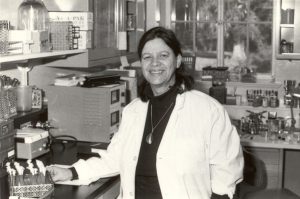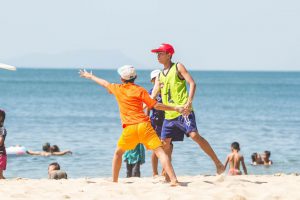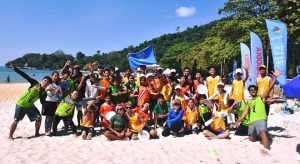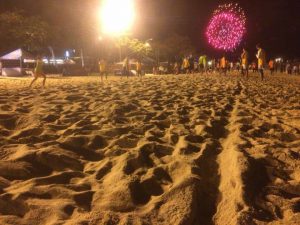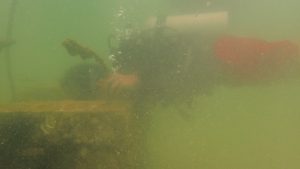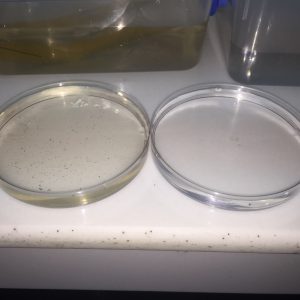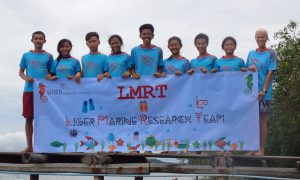Through May 24th-29th we were head back to Koh Seh to continue our research and this probably the last trip of this year. It was nice to be back at Koh Seh serene environment, met old friends created new friends, etc.
During this trip, Kep ocean was heavily destroyed by the illegal fishing and mostly from trawling that caused a lot of seagrasses wash up by the shore and caused the visibility to be really bad. Because of the visibility really bad, we didn’t get to do any underwater survey. However, we took this time wisely to practice the dolphin survey, building cluster, clean up the island, and work on our presentations that we going to present about Cambodia ocean in Malaysia on 23th of June.
Even though we didn’t get to do any underwater survey but we get to do the underwater fun dive. We most of the time get to dive in front of the island where the water is shallow and a lot of coral which it makes the visibility there better than the survey site and good enough to do dive. It was a really fun dive, we got to see many seahorses, but what makes me excited the most was me finding an octopus hiding in a shell.
As explained above, we also get to do a dolphin survey. So the survey was divided into 4 teams and rotate in every 30 minutes. It was quite difficult to do a real dolphin survey because it was hard to note down the information while dolphin is still moving. We saw a lot of dolphins probably more than 5 group of dolphin and more than 50 dolphins counted.

